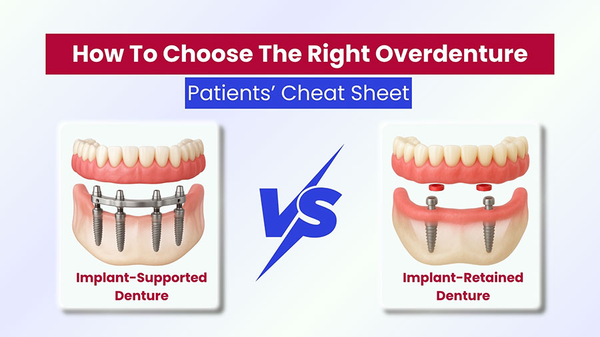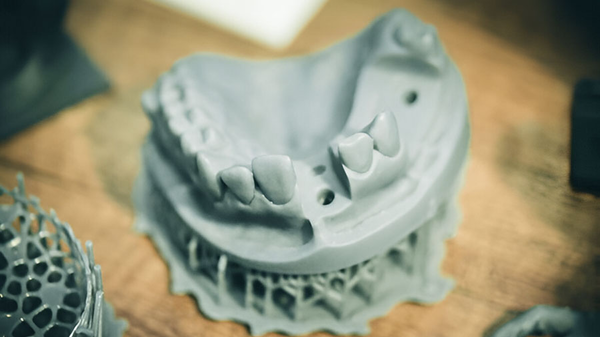Digital workflow integration is revolutionizing the dental laboratory industry, fundamentally reshaping how laboratories communicate, collaborate, and deliver services. By transitioning from traditional analog methods to advanced digital systems, dental laboratories have unlocked new levels of efficiency, precision, and communication.
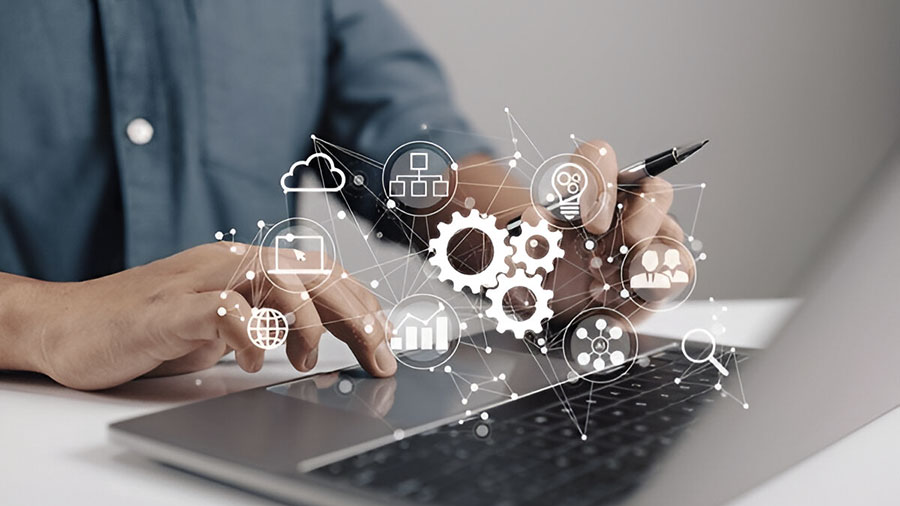
Table of contents [Show]
- What is Digital Workflow Integration?
- Core Components of Digital Workflow Systems
- Benefits of Digital Workflow Integration
- Lab-to-Lab Communication Systems
- Technical Infrastructure Requirements
- Challenges of Digital Workflow Integration
- Case Studies and Clinical Applications
- Future Directions and Innovations
- Quality Assurance and Standardization
- Economic Implications
- Regulatory Considerations
- Conclusion
Digital workflow integration is revolutionizing the dental laboratory industry, fundamentally reshaping how laboratories communicate, collaborate, and deliver services. By transitioning from traditional analog methods to advanced digital systems, dental laboratories have unlocked new levels of efficiency, precision, and communication. This transformation is particularly impactful for lab-to-lab services, where seamless collaboration is critical for ensuring quality and consistency in dental restorations and prosthetics.
In this article, we explore the core components, benefits, challenges, and future directions of digital workflow integration in dental laboratories, with a focus on lab-to-lab communication systems and their impact on the dental industry.
What is Digital Workflow Integration?
Digital workflow integration refers to the adoption of advanced digital technologies to streamline the processes within dental laboratories. It involves replacing manual, analog workflows with interconnected digital systems that enhance communication, data accuracy, and operational efficiency.
For lab-to-lab services, digital workflow integration enables laboratories to share data, designs, and quality standards in real-time, ensuring consistency across different facilities. This is especially important for global dental labs like XDENT LAB, which rely on streamlined communication and compliance with international standards to meet the needs of dental practices.
Core Components of Digital Workflow Systems
Digital workflows in dental laboratories can be classified into three primary categories:
Laboratory Workflows: Focused on internal processes, such as scanning, designing, and manufacturing dental restorations.
Clinical Workflows: Involves the interaction between dental clinics and laboratories, including data collection via intraoral scanners and CBCT.
Combined Clinical-Laboratory Workflows: Integrates clinical and laboratory processes for seamless collaboration and data exchange.
Key Technologies in Digital Workflow Integration:
Intraoral Scanning Systems: Capture highly accurate digital impressions of the patient’s oral cavity.
Facial Scanning Technology: Provides 3D facial data for enhanced prosthetic design and esthetics.
Cone-Beam Computed Tomography (CBCT): Combines 3D imaging with precise anatomical data for treatment planning.
CAD/CAM Design Platforms: Enable the digital design and manufacturing of dental prosthetics with unparalleled precision.
Digital Communication Protocols: Facilitate secure and efficient data sharing between laboratories.
Benefits of Digital Workflow Integration
The adoption of digital workflows has brought numerous advantages to dental laboratories, particularly for lab-to-lab services:
Improved Accuracy: Digital workflows reduce errors in dental restorations by eliminating manual steps and ensuring precise data transfer.
Time Efficiency: Automation and streamlined processes significantly reduce turnaround times, allowing faster delivery of prosthetics.
Enhanced Communication: Real-time data sharing and standardized file formats improve collaboration between laboratories.
Quality Standardization: Digital protocols ensure consistent quality across multiple laboratories, even in different locations.
Cost Savings: Reduced material waste, lower remake rates, and faster production lead to increased profitability.
Lab-to-Lab Communication Systems
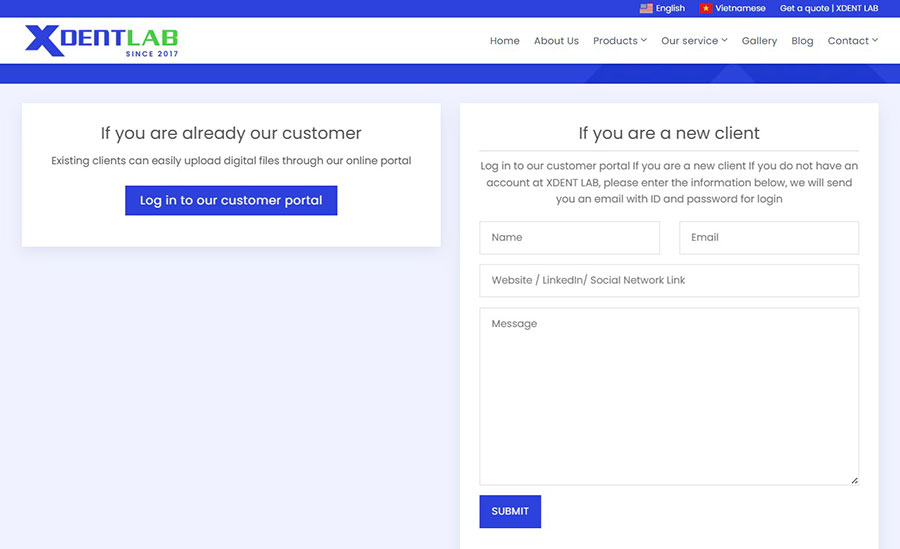
Lab-to-lab communication is a cornerstone of digital workflow integration, enabling multiple laboratories to work together seamlessly on complex cases.
Features of Modern Lab-to-Lab Communication Systems:
Real-Time Data Sharing: Allows instant exchange of patient data, designs, and specifications.
Standardized File Formats: Ensures compatibility between different software and hardware systems.
Secure Data Transmission: Protects sensitive patient information during transfers.
Integration with Laboratory Management Systems: Streamlines case tracking, invoicing, and quality control.
By implementing these systems, labs like XDENT LAB can maintain consistent quality and efficiency across their global network of facilities.
Technical Infrastructure Requirements
Successful digital workflow integration requires a robust technical foundation, including:
Hardware Components
High-resolution intraoral and desktop scanners.
Advanced computing systems for CAD/CAM processing.
Secure network infrastructure for data sharing.
Milling machines and 3D printers for precise manufacturing.
Software Integration
Laboratory Information Management Systems (LIMS) for tracking and managing cases.
CAD software for designing restorations and prosthetics.
Communication platforms for real-time data sharing.
Quality control software to ensure product consistency.
Challenges of Digital Workflow Integration
While digital workflow integration offers numerous benefits, it also presents several challenges:
Interoperability Issues: Different software and hardware systems may use incompatible protocols, requiring standardization efforts.
Training Requirements: Staff must be trained to use new digital technologies effectively, which can be time-consuming and costly.
Initial Investment Costs: The upfront costs of purchasing and implementing digital systems can be significant.
Data Security Concerns: Protecting sensitive patient data during inter-laboratory transfers is critical to comply with privacy regulations.
Solutions:
Invest in systems that support universal file formats and protocols.
Provide comprehensive training programs for staff.
Partner with trusted digital technology providers to ensure data security and compliance with regulations.
Case Studies and Clinical Applications
The integration of digital workflows has been successfully implemented in numerous dental laboratories worldwide.
Example: Comprehensive Digital Workflow for Complex Prosthodontics
A recent case study demonstrated the successful use of intraoral scanning, facial scanning, and CBCT imaging in designing and manufacturing a full-mouth rehabilitation case. The digital workflow allowed two laboratories to collaborate seamlessly, resulting in a highly accurate and esthetically pleasing outcome for the patient.
Such case studies highlight the potential of digital workflows to improve clinical outcomes and enhance collaboration between laboratories.
Future Directions and Innovations
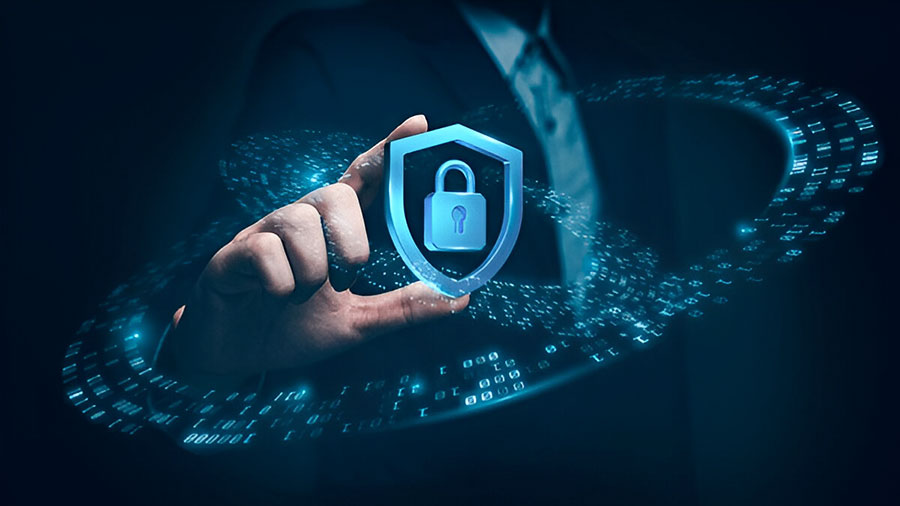
The future of digital workflow integration in dental laboratories is bright, with several exciting innovations on the horizon:
Artificial Intelligence (AI): AI-powered systems will enable automated quality control, design optimization, and error detection.
Cloud-Based Platforms: Cloud technology will facilitate real-time collaboration and accessibility, regardless of location.
Blockchain Technology: Ensures secure and transparent data exchanges between laboratories.
Advanced Automation: Automation will further reduce manual intervention, increasing efficiency and consistency.
Quality Assurance and Standardization
Digital workflows have improved quality assurance protocols by enabling standardized processes across laboratories. This is particularly important for lab-to-lab services, where work is transferred between facilities. Standardized quality control ensures consistent results and reduces the risk of errors or remakes.
Economic Implications
The economic benefits of digital workflow integration include:
Reduced Material Waste: Precise digital planning minimizes waste.
Lower Remake Rates: Enhanced accuracy reduces errors and remakes.
Faster Turnaround Times: Streamlined workflows increase productivity.
Scalability: Digital systems enable labs to handle larger volumes of work without compromising quality.
For a global dental lab like XDENT LAB, these economic advantages translate into better service for dental practices and improved profitability.
Regulatory Considerations
Digital workflow systems must comply with strict regulatory requirements, including:
Data Protection: Adherence to HIPAA and GDPR regulations for patient data security.
Medical Device Regulations: Ensuring all digital equipment and software meet international standards.
By ensuring compliance, laboratories can maintain trust and reliability with their partners and clients.
Conclusion
Digital workflow integration is transforming the dental laboratory industry, offering unparalleled benefits in terms of efficiency, accuracy, and collaboration. For lab-to-lab services, these advancements enable seamless communication, consistent quality, and faster turnaround times, ultimately benefiting dental practices and patients alike.
As a global leader in dental lab services, XDENT LAB is at the forefront of this digital revolution, leveraging state-of-the-art technologies to deliver high-quality, FDA-approved, and ISO-compliant dental solutions. By embracing digital workflows, XDENT LAB ensures that dental practices receive the best possible products, backed by precision, consistency, and innovation.
Partner with XDENT LAB today and experience the future of dental laboratory services with cutting-edge digital workflow integration.
XDENT LAB is an expert in Lab-to-Lab Full Service from Vietnam, with the signature services of Removable & Implant, meeting U.S. market standards – approved by FDA & ISO. Founded in 2017, XDENT LAB has grown from local root to global reach, scaling with 2 factories and over 100 employees.. Our state-of-the-art technology, certified technicians, and commitment to compliance make us the trusted choice for dental practices looking to ensure quality and consistency in their products.
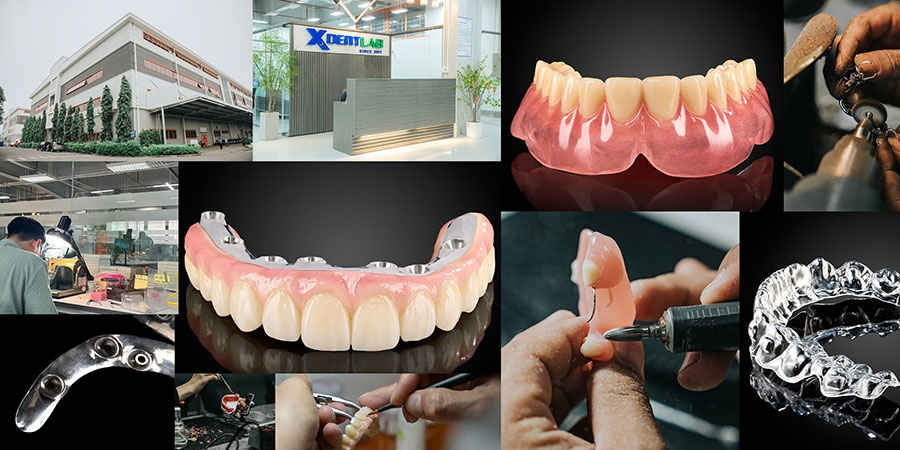
Our commitments are:
100% FDA-Approved Materials.
Large-Scale Manufacturing, high volume, remake rate < 1%.
2~3 days in lab (*digital file).
Your cost savings 30%.
Uninterrupted Manufacturing 365 days a year.
Contact us today to establish a strategy to reduce operating costs.
--------❃--------
Vietnam Dental Laboratory - XDENT LAB
🏢 Factory 1: 95/6 Tran Van Kieu Street, Binh Phu Ward, Ho Chi Minh City, Vietnam
🏢 Factory 2: Kizuna 3 Industrial Park, Can Giuoc Commune, Tay Ninh Province, Vietnam
☎ Hotline: 0919 796 718 📰 Get detailed pricing
Share this post:

